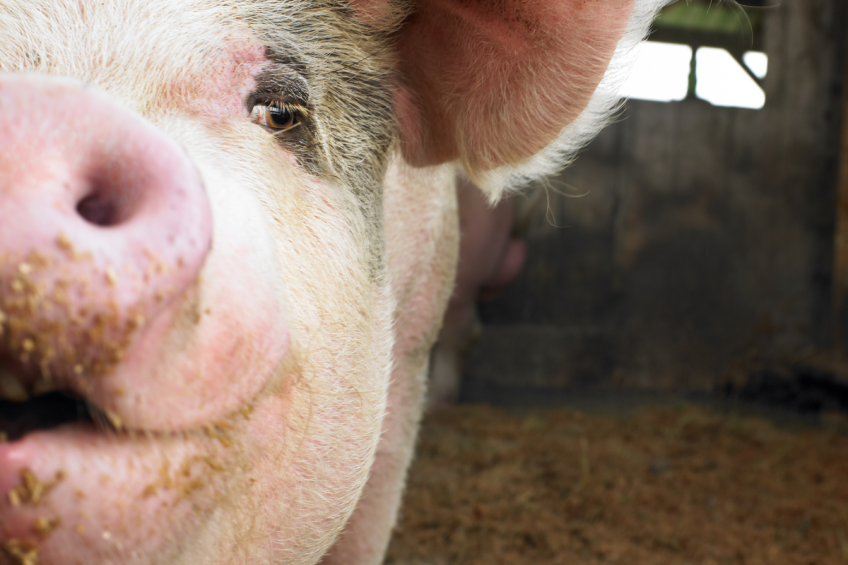US and Canadian pork exports down in 2014

Pork exported from the United States and Canada fell in 2014 due to in part PEDv outbreaks and Russian bans.
Throughout 2014 US imports increasing by 18% and exports fell by 1%. This reflected the growing domestic demand, which could not be met due to domestic production disruption caused by outbreaks of PEDv (PEDv outbreaks mapped).
US pork prices rises in 2014
However, with limited availability but sustained demand, unit prices for US pork were up 11% on the year and by much more than this in the middle part of the year. This brought the total value of pork exports in 2014 to $4.9billion.
US’s top 3 pork importers
Mexico continued to be the leading importer of US pork, increasing the volume taken by 12% on the year, as its production was hit by PEDv too. Japan, while still in second position, received 8% less US pork. South Korea expanded its intake by 37%, overtaking China, as its productivity was also disrupted by disease and poor producer margins.
US pork exports fell in H2
Exports were particularly sharply down in the second half of the year, as Japanese and Chinese markets weakened, partly due to increased competition from cheaper EU pork, aided by the weakening of the euro against the dollar.
Canadian pork imports and exports fall
Canada’s pork exports fell 3% on the year and the imports were also down by 4%. With PEDv reasonably contained, production has not been as drastically disrupted as in the US. However, unit prices have increased in line with US prices, pushing the value up to C$3.1 billion for the year, with the fourth quarter providing the greatest volume of exports.
Canadian pork fills the US gap
Canada played a part in supplying the US and Mexican shortfalls, with deliveries up 12% and 23% respectively.
Canada redirects pork destined for Russia
The impact of the Russian bans has meant exports to this market were little changed overall, having doubled in the first half of the year after the EU ban and then dropped sharply in the second half when Canada, in turn, was banned. There were varying trends for Asian markets as Canada faced increased competition from EU pork but was able to divert supplies which would previously have been destined for Russia.
[Source: BPEX]











